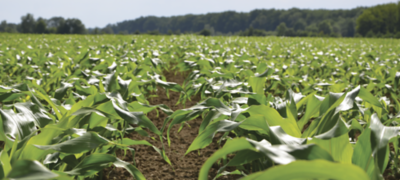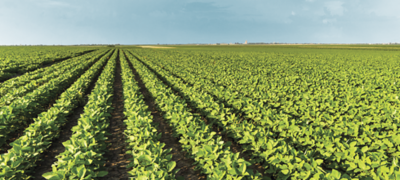NuTech Lifestyle
Success. Enjoyment. Family.
At NuTech Seed, we believe that true success in farming only comes when you can enjoy it with your family and friends. We’ve given a name to that life, where hard work pays off in shared comfort, joy and fond memories.
We call it the NuTech Seed Lifestyle, and it rests on three pillars:
![]()
In farming, there aren’t any easy shortcuts or handouts. So you work hard to earn your yields year after year, the same way NuTech Seed works to earn your acres. You won’t always win- that’s farming- but work hard and work smart and, with a partner like NuTech Seed at your side, you’ll win much more than you lose.
![]()
Hard-won successes deserve to be celebrated. Making the most of those happy times with family and friends makes all the effort worthwhile. At NuTech Seed, we know the value of taking a moment to toast your success. In fact, we consider your success the biggest measure of ours.
![]()
The NuTech Seed lifestyle is about working hard without losing sight of what’s really important. Do this, and the successes become a little more enjoyable, the occasional setbacks a little more tolerable. Seeing the happiness, safety and comfort it provides your family fills your tank and gives you the energy and resolve to go back out and do it again.

The Life Magazine
Celebrating the NuTech Lifestyle and helping connect growers with updates from the field, and their fellow farmers.
Subscribe Today

